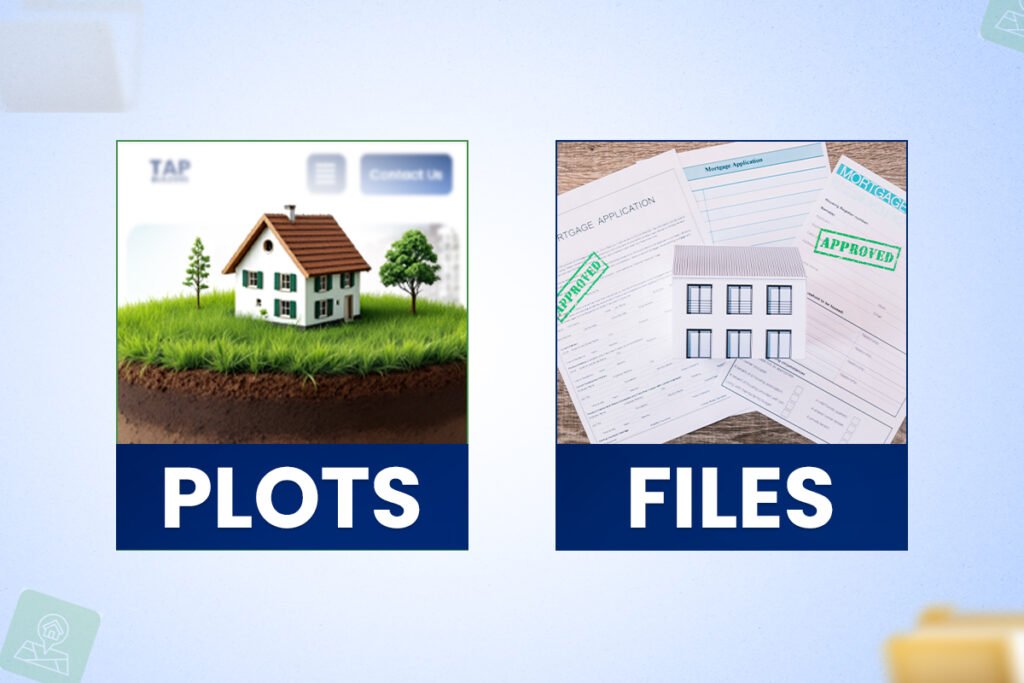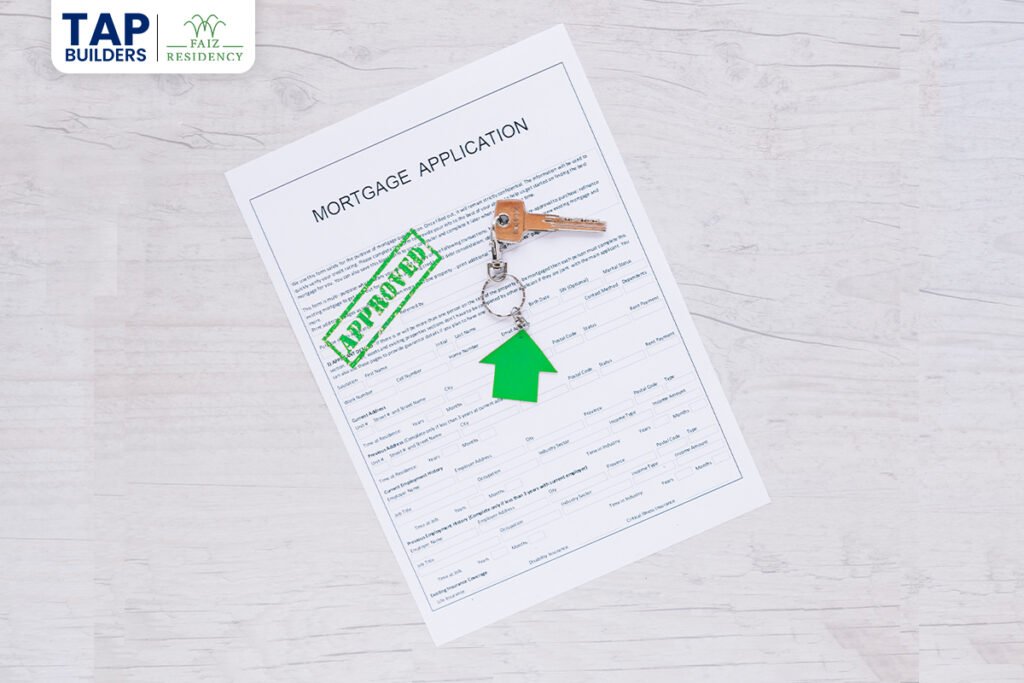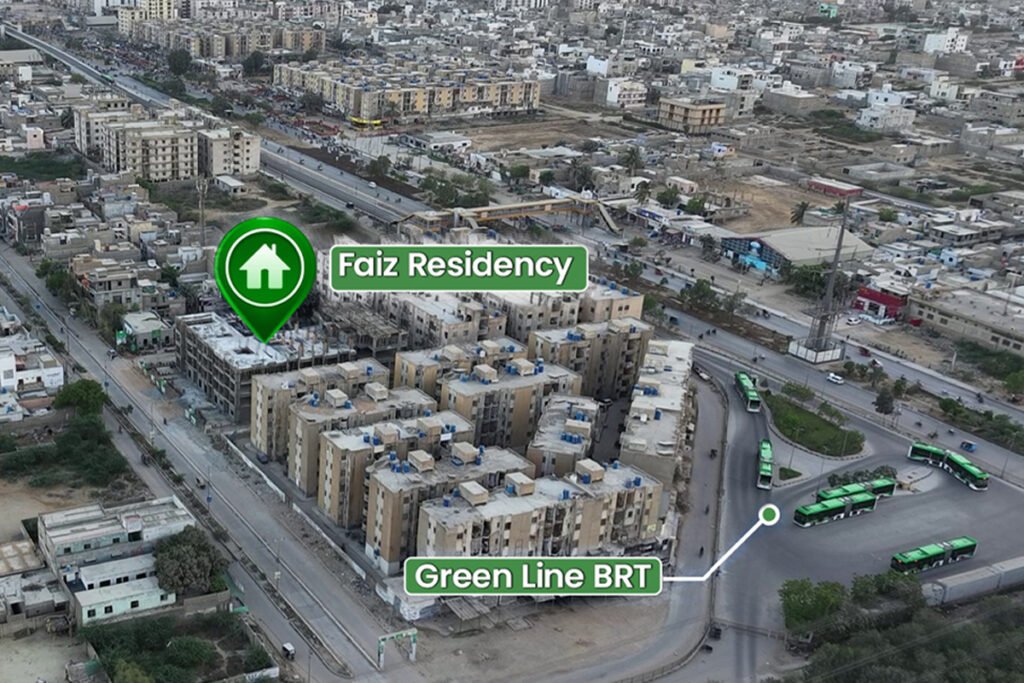Plot vs File Key Differences Every Pakistani Investor Should Know in 2025
Navigating the real estate market in Karachi can be complex. Investors often face the choice between plots and files. Understanding the differences is crucial for making informed decisions.
Plots are tangible pieces of land, offering immediate utility and development potential. Files, on the other hand, represent future plots and come with their own set of risks and rewards.
In 2025, the Karachi real estate market will continue to evolve. Investors must stay informed about market trends and legal requirements.
This guide will explore the key differences between plots and files. It aims to equip Pakistani investors with the knowledge needed to succeed in the dynamic real estate landscape.
Understanding Plots and Files in Real Estate Karachi

Plots and files are critical elements in Karachi’s real estate scene. Knowing their distinctions empowers investors to make savvy choices.
A plot is a physical piece of land available for immediate use or development. It offers tangible assets that investors can see and touch.
Conversely, a file is a document representing a prospective plot of land. It promises future delivery of land but might not materialize as expected.
Key differences include:
- Tangibility: Plots are physical; files are not.
- Risk Level: Files carry higher risks.
- Development Status: Plots are ready; files depend on project completion.
Karachi’s market dynamics further complicate these differences. Economic shifts and regulatory changes impact both plot and file investments.
What is a Plot? Key Features and Benefits
A plot in real estate is a defined piece of land. It represents a tangible asset that an investor can own outright.
Plots offer several advantages for real estate investors. They provide immediate opportunities for development or resale. Investors have the freedom to construct or modify the land to suit their needs.
Key benefits of investing in plots include:
- Tangible Asset: Ownership of physical land.
- Immediate Use: Ready for development.
- Market Value: Can appreciate in worth.
Plots in Karachi can be particularly valuable due to the city’s growing population. With urban expansion, the demand for developed plots continues to increase.
What is a File? Types, Process, and Risks

In real estate, a file represents a future plot. It is essentially a document promising land allocation in upcoming developments.
Files come in various types depending on the project’s stage. Pre-launch files are the most speculative, while post-launch files offer some assurance of development.
Engaging in file transactions involves a specific process. Investors typically buy files in new projects launched by developers. These files are often sold with installment plans, making them accessible.
The risks associated with files should not be overlooked. They include:
- Speculation: Files may not become plots.
- Market Volatility: Price fluctuations can occur.
- Project Delays: Timelines can shift unexpectedly.
While potentially lucrative, file investments carry significant risk. Investors must carefully evaluate developer credibility and project viability.
Plot vs File: Core Differences Every Investor Should Know
Understanding the differences between plots and files is crucial. These distinctions influence investment strategies and outcomes.
A plot is a tangible piece of land. It offers stability and can be immediately used or developed. In contrast, a file is a promise of future land. It represents potential, not an immediate asset.
Plots are safer investments. They offer control and immediate possession. Investors can develop or sell plots based on market trends.
Files, however, offer high potential returns. Their value depends on market conditions and project progression. This makes them a riskier, more speculative investment.
Key differences between plots and files include:
- Tangible vs Speculative: Plots are physical; files are promises.
- Immediate Use: Plots can be developed or sold.
- Risk Profile: Plots are safer; files offer speculative gains.
- Payment Structure: Plots often need upfront payment; files may offer installments.
Both plots and files play key roles in Karachi’s dynamic real estate market. Investors should weigh these differences when choosing their investment strategy.
Legal and Documentation Aspects in Karachi Real Estate
Navigating legal requirements in Karachi’s real estate is essential. This involves understanding and managing property documentation effectively.
Plots require clear title deeds and ownership verification. Ensuring these documents are authentic is crucial to avoid disputes. For files, the focus shifts towards developer agreements. It’s vital to verify project approvals and NOC (No Objection Certificates).
Investors must familiarise themselves with local real estate laws. This helps prevent legal issues and enhances investment security. Essential documentation aspects include:
- Title Deeds: For plot ownership confirmation.
- NOC: Required for file projects.
- Developer Agreements: Critical for files.
- Ownership Verification: Key for authentic transactions.
Due diligence with legal documentation safeguards investments in Karachi’s real estate market. Engaging with legal experts can further mitigate risks.
Investment Strategies: Choosing Between Plots and Files in 2025
Selecting between plots and files requires strategic thinking. Investors should evaluate their risk tolerance and financial goals.
Plots provide stability through tangible assets. They offer immediate usage and development potential. Conversely, files might promise higher returns but carry greater risks. This is due to market fluctuations and potential project delays.
In 2025, crafting a diversified portfolio can optimise returns. Consider incorporating both plots and files. This approach balances risk and reward effectively. Key considerations include:
- Risk Tolerance: Opt for plots if you prefer lower risk.
- Investment Horizon: Long-term goals might favour files.
- Financial Flexibility: Files could suit limited budgets.
- Market Trends: Monitor emerging areas in Karachi.
Informed decisions will lead to more profitable outcomes in Karachi’s dynamic real estate market.
Tips for Safe and Profitable Investments in Karachi

Investing in Karachi requires careful planning and due diligence. Navigate the market wisely to maximize returns.
Focus on understanding market trends and economic drivers. Always verify documents and assess developer credibility. Here are some key tips:
- Research: Gather data on planned developments.
- Engage Experts: Consult real estate agents and legal advisors.
- Verify Authenticity: Check documentation thoroughly.
- Monitor Economics: Pay attention to economic indicators.
- Balance Portfolio: Mix plots and files for risk management.
These steps can help secure better investments and mitigate potential pitfalls in the bustling Karachi real estate landscape.
Making the Right Choice for Your Investment Goals
Navigating the differences between plots and files is critical for Pakistani investors, especially in the dynamic Karachi market. Each option has its unique benefits and risks. Understanding these can lead to informed decisions that align with personal financial goals.
Whether you seek tangible assets or speculative opportunities, knowing your risk tolerance and investment horizon is key. In 2025, balancing your portfolio with both plots and files might offer diversification and security. Tailor your strategy to match your objectives, making thoughtful choices to optimize your investment results.

